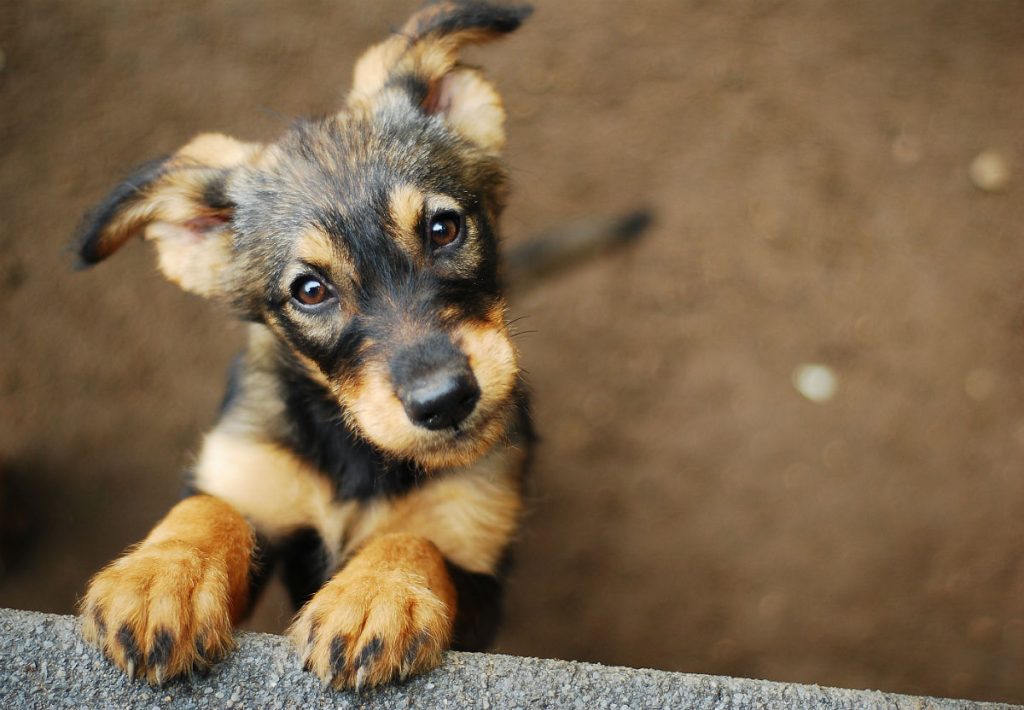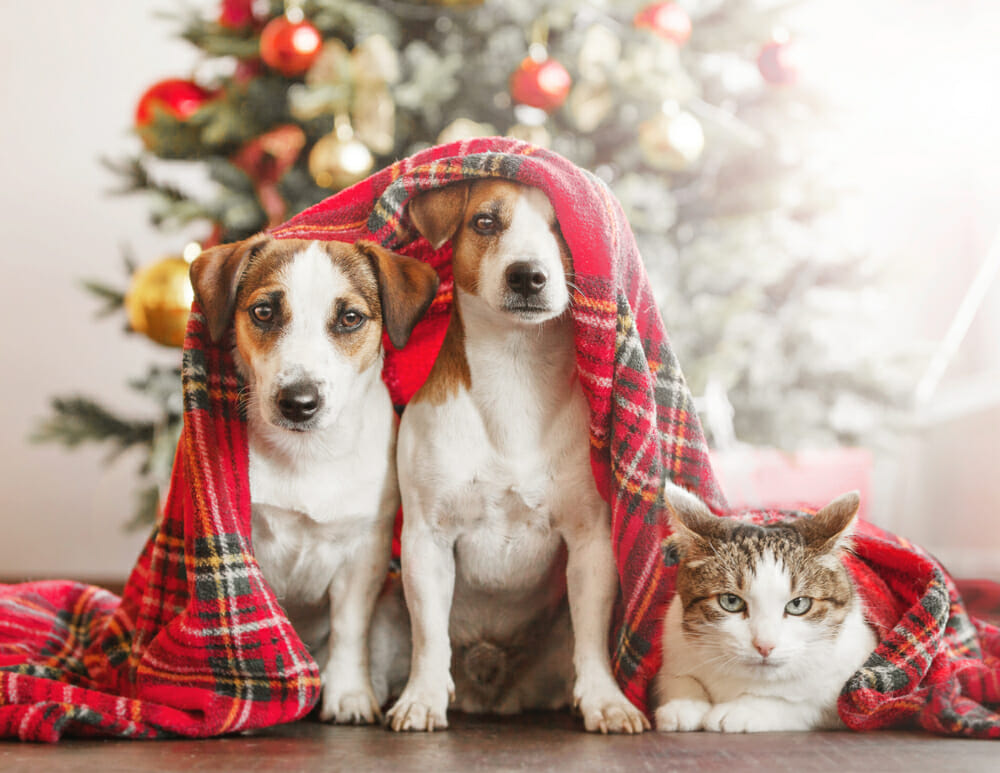What is socialization?
Socialization is the process by which an animal is introduced and exposed to new people, animals, and environments. It is critical that puppies enjoy as many new people, animals, objects, and noises as possible before 12 weeks of age. Puppies who receive inadequate socialization during this time, are at a high risk of developing behaviour problems later in life, which can ultimately lead to relinquishment and euthanasia.
How do I socialize my puppy?
The most important point to remember when socializing your puppy is to ensure that your puppy receives frequent, positive experiences with new people, animals, and environments.
Socialization Tips
- Have toys or treats on hand (and use them) to form a positive association with each experience.
- Avoid use of reprimands and corrections, which can cause your puppy to form a fearful association with the experience.
- Go slow – do not overwhelm your puppy with too many new experiences at once.
- If your puppy can sit on command, have strangers ask your puppy for a sit during interactions, to teach proper greeting manners during socialization.
- Take your puppy on many walks outside, choosing different walking routes each time to increase the probability of exposure to new objects and sounds.
- Enroll in puppy socialization classes, in addition to obedience classes, once your puppy has received its first set of vaccines.
Watch Out!
If you see any signs of fear or anxiety, such as cowering, tucked tail, averted gaze, lip licking, yawning or hiding, stop and consult your veterinarian.
What should I expose my puppy to?
- Variety of people such as those of different races, genders, facial hair, hairstyles, uniforms, heights, ages, disabilities etc.
- People associated with different activities, such as joggers, cyclists, skateboarders, sports players, etc.
- Dogs of different breeds and ages. Make sure these dogs are socially mature (2-4 years old) and have a known history of doing well with dogs. Avoid nose to nose introductions.
- Other animal species such cats, horses, small mammals, etc.
- Unfamiliar objects, such as hairdryers, vacuum cleaners, smoke detectors, elevators, vehicles, and crates.
- Unfamiliar locations such as parks, water, homes of your friends or family, veterinary clinics, and apartment buildings.
- Seasonal gear the puppy wouldn’t otherwise be exposed to, such as umbrellas for winter puppies, and parkas for summer puppies.
Other Resources
- Body Language of Fear in Dogs
- AVSAB Position Statement on Puppy Socialization
- The Perfect Puppy by Dr. Sophia Yin
- Before and After Getting Your Puppy by Dr. Ian Dunbar
Written by Dr. Justine Antunes, DVM
Presented by Fairmont Animal Hospital




